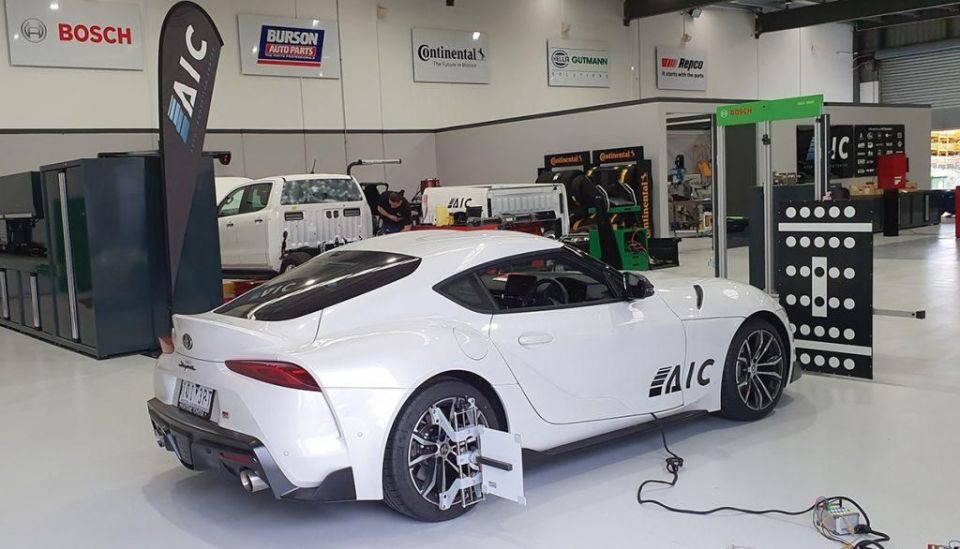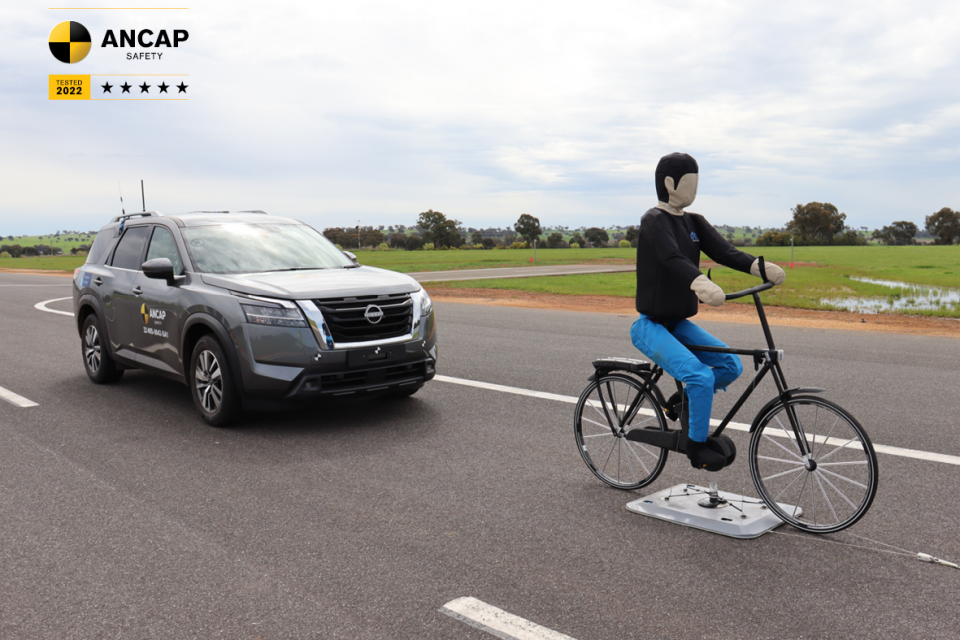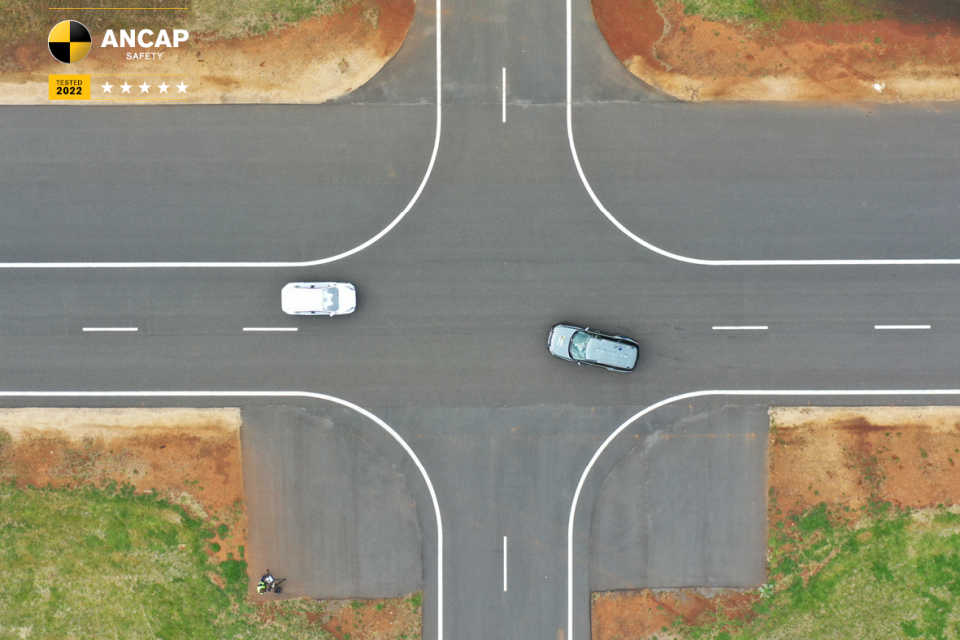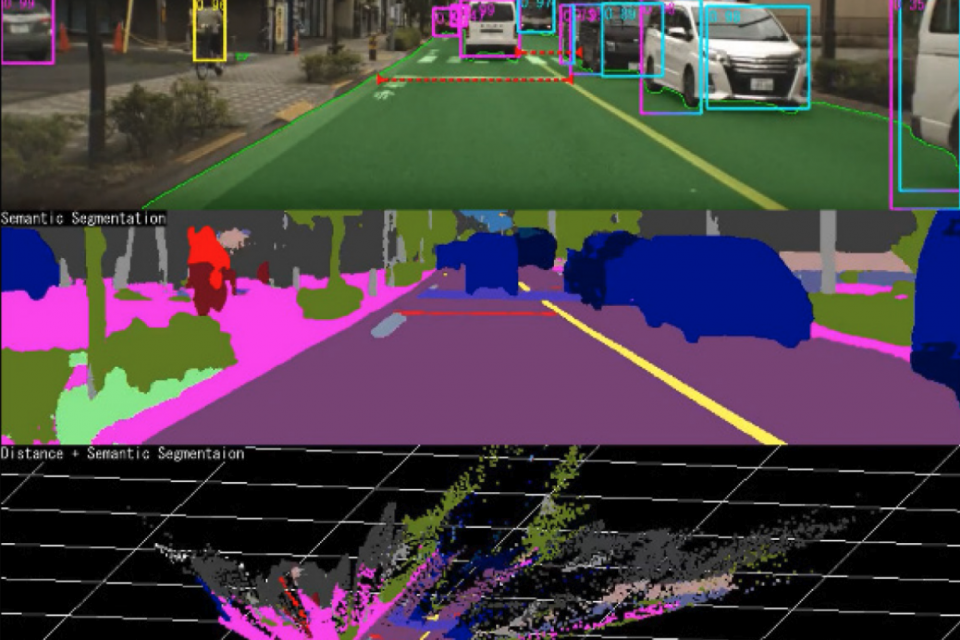

Matt Campbell
2026 Hyundai Tucson Hybrid review
6 Hours Ago
Independent repairers say they're capable of checking ADAS systems, and should take a role in improving public awareness of the tech.

Senior Contributor


Senior Contributor
The peak body for Australia’s aftermarket service centres says its members have a role educating people on how their car’s advanced driver-assist safety (ADAS) technologies function.
The Australian Automotive Aftermarket Association (AAAA) this month said customers were often unaware of how their car’s ADAS technologies functioned, and battled to retain information in the rush to take delivery of their new car.
ADAS technologies cover things like autonomous emergency braking, lane-keeping aids, adaptive cruise control and blind-spot monitoring – all of which evolve rapidly, and as we’ve flagged previously are sold with different names depending on the car brand in question.
“Consumers are concerningly confused when it comes to this important technology,” contends the AAAA’s director of government relations and advocacy Lesley Yates, citing research data showing many don’t seem to fully understand the capabilities or how and when to use ADAS.

We found one recent piece of research (Kaye, Nandavar, Yasmin, Lewis and Oviedo-Trespalacios) from October 2022, which found more than half of survey participants reported not seeking any information about ADAS prior to purchasing their vehicle, and used both the owner’s manual and trial-and-error as their main tactics to work the systems out.
The findings revealed that 56 per cent of participants reported not seeking out any information about ADAS prior to purchasing their vehicle. Further, the most reported approaches used by participants to learn about their vehicle’s ADAS were through the owner’s manual, and via trial and error.
“Research from 2020 onwards shows that while consumers are showing a preference for selecting vehicle models with ADAS, many are unsure of all of the features and how these systems affect the day-to-day driving experience,” added the AAAA’s Ms Yates.
“And the fact that the car companies are using different proprietary names for similar systems is adding to the confusion,” she added, also stating (correctly in our view) that “incessant beeping can lead to abandonment and misuse”.

“We know the average handover of a new vehicle can last for less than 30 minutes and what is evident is that consumers are leaving the showroom with a brand-new car without a full working understanding of the vehicle capability,” Ms Yates contended.
“To be fair, loading up the new car handover process with more details will probably lead to information overload and interestingly, this gap in consumer understanding is an opportunity that the aftermarket can fill.”
Ms Yates said aftermarket repairers could do better at explaining these functions to people who don’t service their cars at the dealership.
“Perhaps this is a role that we can play – for instance, as we undertake logbook servicing of these new vehicles, there is an opportunity to educate consumers on the features and to intentionally work in a conversation about ADAS,” she said.
Ms Yates added that independent repair and service workshops were “increasingly investing in ADAS equipment and training”, and said “the next logical step” was to tell people that they are capable of checking their safety systems are in proper working order.

“Of course, we also need to be investing in the training and equipment required to ensure that this is a true statement,” she said.
“This is the right time for the independent aftermarket to work together to support consumer awareness that we have the training and the technology to ensure their ADAS technology continues to operate within the required operating parameters.”
Ms Yates also highlighted what she called “another concerning trend”, namely some “subtle public messaging” from the car industry implying you should only trust a dealer to service an ADAS-equipped vehicle.
As reported here, Australia’s Motor Vehicle Information Sharing Law mandates the sharing of repair information between car-makers and independent garages.
On this theme, head of the Australian Automotive Dealer Association James Voortman said his franchise dealer members also had a role to play beyond the car brands themselves.

“Often customers want the peace of mind to do a run-through of the vehicle or to talk to a person about… how the different autonomous technologies work. I really do think there’s still a very strong case for that face-to-face interaction in the process of supplying a customer a car,” he said.
As we wrote here in an opinion column from August 2022, there were no fewer than 22 different examples of corporate nomenclature for autonomous emergency braking (AEB) – all of which use sensors to scan ahead, warn the driver of an impending collision, and brake.
It’s easy, then, to see where the confusion comes from…
Do you think your repairer would be smart to discuss ADAS with you? Tell us in the comments.
MORE: 22 names for the same safety feature, how car brands confuse us MORE: Shake-up coming for car repair sector


Matt Campbell
6 Hours Ago


Max Davies
22 Hours Ago


William Stopford
23 Hours Ago


Derek Fung
23 Hours Ago


Max Davies
1 Day Ago


William Stopford
2 Days Ago